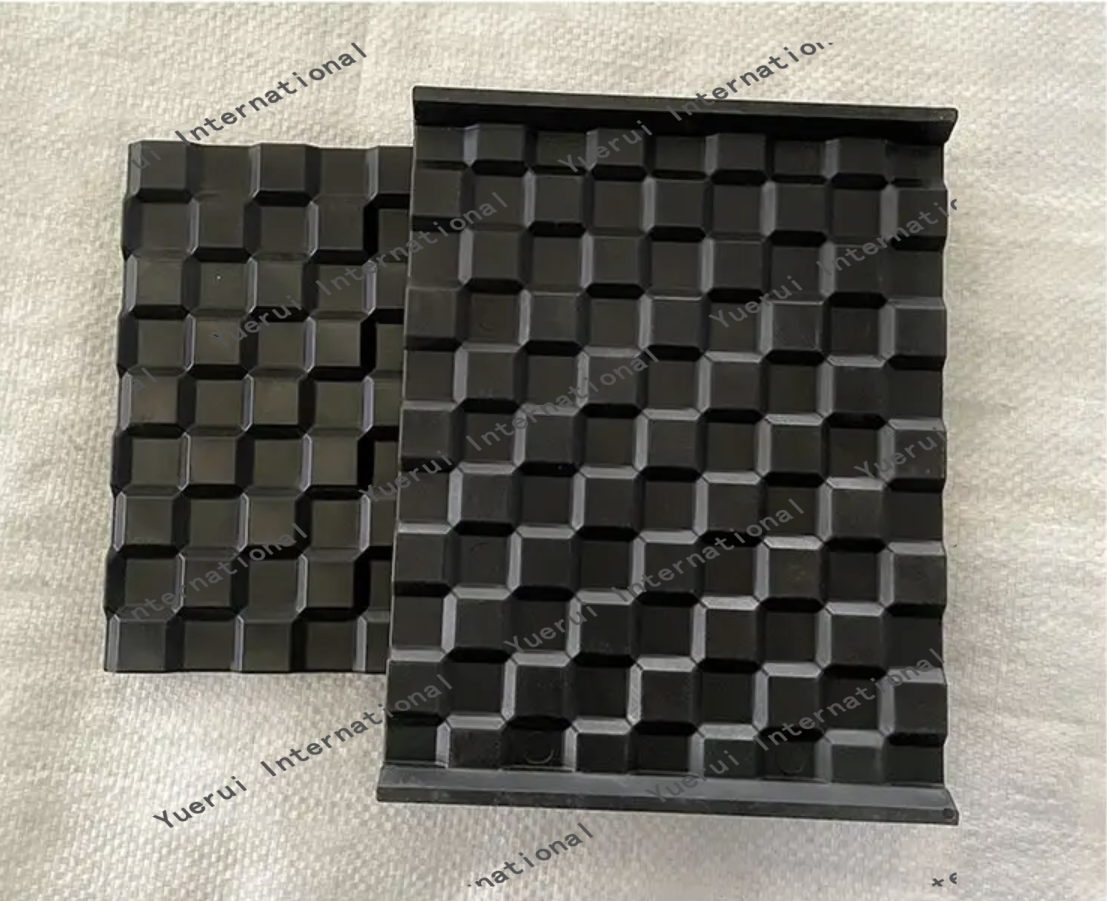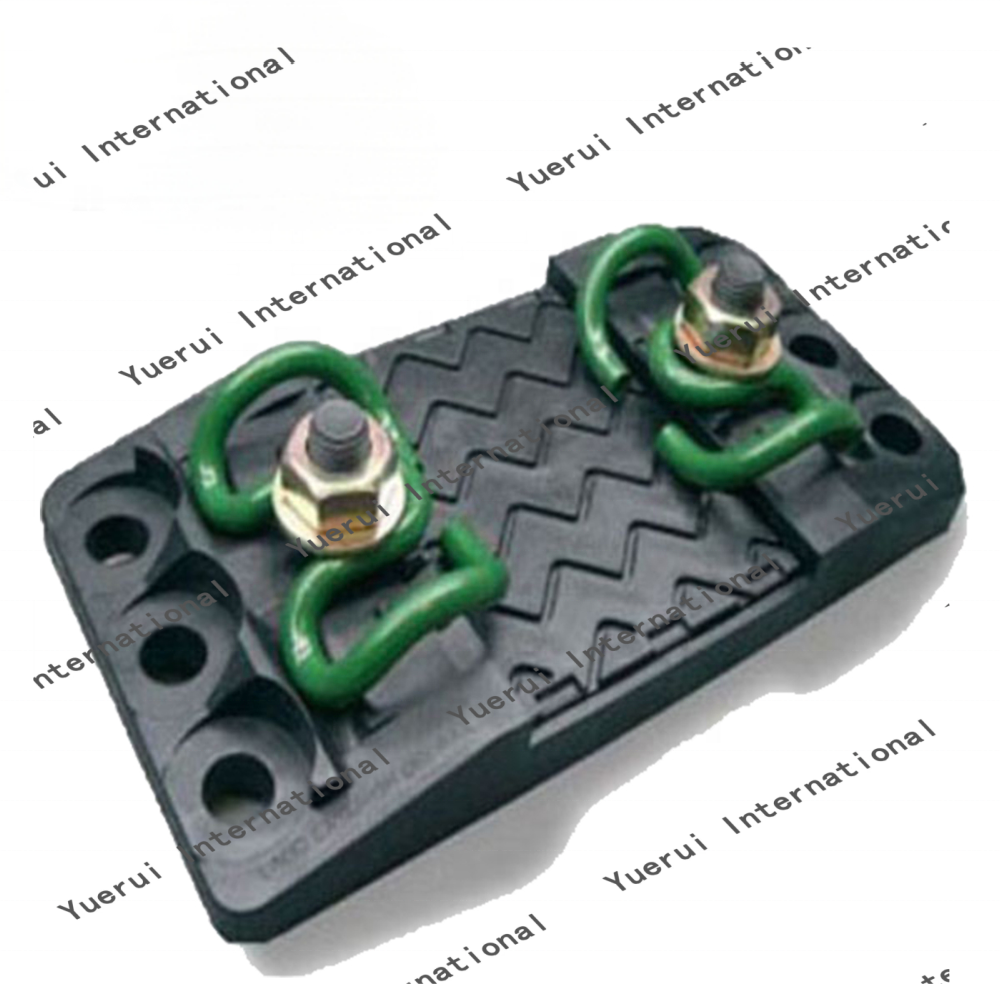rubber isolation pads for railway
Rubber isolation pads for railway systems represent a crucial component in modern rail infrastructure, serving as essential elements for vibration control and track stability. These specialized pads are engineered using high-quality elastomeric materials designed to withstand extreme conditions while providing optimal performance in rail applications. The primary function of these isolation pads is to create an effective barrier between the rail track components and the surrounding infrastructure, significantly reducing vibration transmission and impact loads. These pads are strategically placed between the rail and the supporting structure, offering comprehensive isolation properties that enhance both track performance and longevity. The technological features include advanced compound formulations that maintain their properties across diverse temperature ranges and loading conditions. The pads incorporate specially designed surface patterns and internal structures that optimize load distribution and vibration dampening capabilities. In practical applications, these isolation pads are utilized in various railway scenarios, including standard rail lines, high-speed rail systems, urban transit networks, and heavy freight corridors. They play a vital role in reducing maintenance requirements, extending track life, and minimizing noise pollution in surrounding areas. The installation of these pads has become standard practice in modern railway construction, particularly in urban areas where vibration control is crucial for nearby structures and residents.


